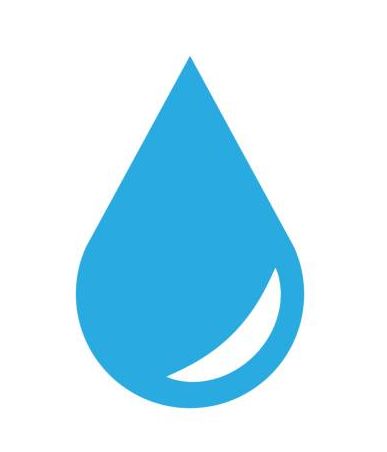Note: Jeff wrote this following the 2021 Educational Ride, where he was volunteering
at Francisco's on Sunday over 4th July weekend.
|
Last weekend I noticed several riders who were feeling the effects of the heat. As a veteran of Tevis (seven completions) and two successful Western States 100’s, I thought I’d give you some advice about competing in the heat. I am a dermatologist—that is a skin doctor. As such, I am very knowledgeable about the skin and its various organs. This is distilled from a lecture I give to dermatology residents at U. C. Irvine where I teach: SWEATINGHumans are equipped with two kinds of sweat glands: Apocrine and eccrine. Apocrine glands, located principally in the armpits and groin produce an oily sweat that has an odor produced by pheromones. They do not have any temperature control effect. Eccrine glands are located all over the body. On the palms and soles they are controlled more by sympathetic nerves (sweaty palms?), but on the rest of the body, they are dedicated to temperature regulation, and they do it extremely well. The individual gland consists of a long tubule that is tangled like a ball of yarn. Water, sodium and potassium collect in the tubule and flow out on to the skin surface. Sweat is made up of water and electrolytes (Sodium, Na, and Potassium, K) flowing into the proximal or deepest coil of the gland. If the blood Na level is low, ions of Na are reabsorbed in the distal tube, conserving it. There is a part of the brain that controls temperature called the hypothalamus. It constantly measures the temperature of the blood passing through it. It can sense as little as 1/100th of a degree of temperature rise. That rise causes the eccrine glands to excrete sweat. Sweat is mostly water but it has sodium (Na) and potassium (K) and some urea in it also. The water spreads out over skin and by evaporation, it cools it. The body is extremely efficient. If your blood sodium level is low, it reabsorbs it in the distal tubule before it exits the gland, maintaining a hemostasis. The problem arises when sweat rates are high. Your body can sweat as much as 4-5 liters per hour at high ambient temperatures, and when your very active muscles produce metabolic heat that needs to reduced. But, here’s the catch. At high sweat rates, the sodium cannot be reabsorbed fast enough, and it is lost in the sweat and decreases in blood. You see it dried on runners’ singlets and on their faces. Low sodium (hyponatremia) produces muscle weakness, light headedness, nausea, vomiting, and impaired mental status. None of those things will help you get through the Tevis. So, what do you do?First, sweat less. Pour water on yourself every chance you get. A wet shirt cools you by evaporation, just like your sweat does. But you sweat less. Your neck and scalp are like radiators, and a cold gator of lightweight material is a great way to cool off. A cold, wet bandana in your helmet is as well. Water you put on your skin is water that you don’t have to drink. Sometimes, after long hours of drinking, your stomach won’t empty as efficiently, and you get to feeling water-logged. Before you get sick and vomit, back off and put more water on your skin. Second, drink exercise drinks that have lots of sodium for several days before the event. Enter the event three or four pounds heavy. That’s all water you can sweat off. Experiment with various sports drinks. Make sure they have plenty of sodium in them and then see which ones you like. Third, replace your sweat loss with foods that contain sodium: salty pretzels, potato chips, salty peanuts. Try not to drink plain water. It dilutes the sodium that is already low. Practice in training rides and deliberately pick hot days. Most importantly, stay alert to the need to conserve sodium. Right to the end of the ride, have it on your mind. I want to see you with a buckle on your belt. Jeff |






 by Jeff Herten
by Jeff Herten